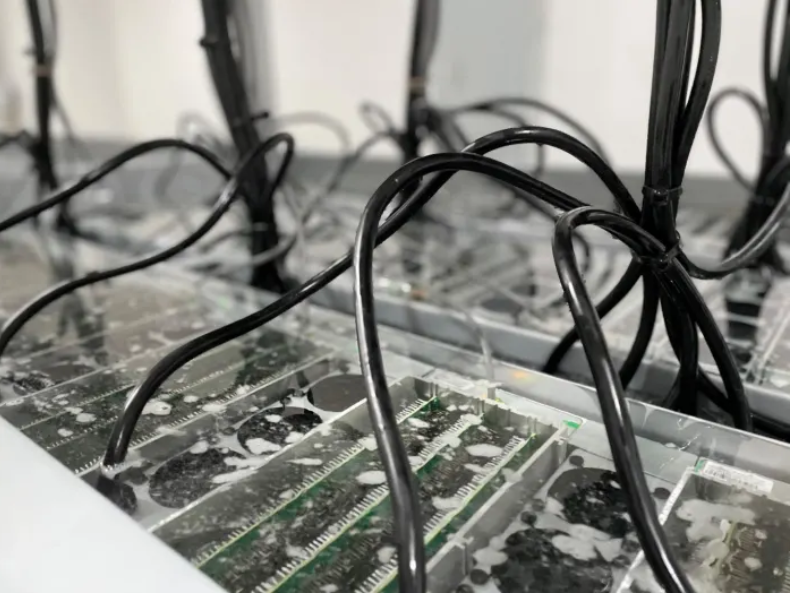Global Bitcoin miner Peak Mining bought a 33-acre data mining centre site in Corpus Christi, Texas, as part of its investment strategy to boost its hashrate and Bitcoin production in time for Bitcoin’s halving.
The company said on Monday that the first phase of its buildout is under way and will deliver 100 megawatt (MW) of mining capacity when it’s finished in Q1 2024.
The site will benefit from access to low-cost power at the Load Zone South of the Electric Reliability Council of Texas real-time energy market, which will ensure high mining profitability. The site will also include a private substation, further strengthening Peak Mining’s diversified portfolio of locations across Europe, Canada and the US.
The company is looking to slash overhead by implementing liquid-cooled mining hardware from mining equipment provider, MicroBT. This comes after Peak Mining’s latest USD$150 million purchase contract for the latest generation WhatsMiner M50 series. Peak anticipates this addition will help with the expansion of this location’s capacity to 300 megawatts.
“We are excited to acquire this location, which offers a rare opportunity to quickly and substantively expand our mining capacity, ahead of next year’s halving,” said Nick Beudeker, managing director at Peak Mining. “ERCOT remains one of the most attractive power markets for mining, providing low-cost power from largely renewable sources and the ability to actively participate in demand response programs.”
The company expects this facility to be fully operational in Q1 2024. These two projects alone will enable Peak Mining to achieve its planned increase to over 7 EH next year. Both sites will benefit from much more efficient hardware in preparation for the upcoming halving.
Read more: Deloitte adopts KILT blockchain for supply and logistical support
Read more: Canadian financial intelligence agency expects cryptocurrency crime to increase with adoption
New technologies reduce electrical use for Bitcoin network
Bitcoin and its proponents are widely criticized for its network’s high energy consumption. At present, the network uses 140.5 terawatts per year (TW) of energy globally. It sits approximately between the energy outputs of Ukraine (134.4 TW per year) and Malaysia (150.8 TW per year) right now.
Slated to arrive in April 2024, Bitcoin’s halving is probably going to make that number increase substantially as more and larger companies compete for fewer bitcoins. The block reward for Bitcoin is decreasing from 6.25 to 3.125 Bitcoins per block closure, which happens roughly every 10 minutes.
Bitcoin mining involves the continual employment of expensive servers using Application Specific Integrated Circuits (ASIC) specifically designated for mining bitcoin. The continuous use of power means these devices get hot, and require frequently cooling. Companies like DMG Blockchain Solutions (TSXV: DMGI), Hive Digital Technologies (TSXV: HIVE) and Hut 8 Group (NASDAQ: HUT) (TSX: HUT) get around this by moving to colder climates.
Others, like Peak Mining and Riot Platforms (NASDAQ: RIOT), employ technologies like immersion cooling to retain the savings received from mining in Bitcoin friendly jurisdictions like Texas.
Peak Mining is one of the first adopters of the latest liquid-cooling mining technology on a global scale. The new hardware allows for efficient cooling in warmer climates, reduces operational overhead and maintenance costs. It also permits overclocking within warranty to boost performance and hash rate output.
Immersion cooling, unlike traditional air cooling, submerges Bitcoin mining machines in a dielectric liquid. This liquid lowers the equipment’s operating temperatures significantly.
Immersion cooling offers several advantages, including prolonging hardware life, reducing maintenance and potentially extending equipment lifespan. It also boosts hash rates and energy efficiency, leading to higher mining profits.
.














